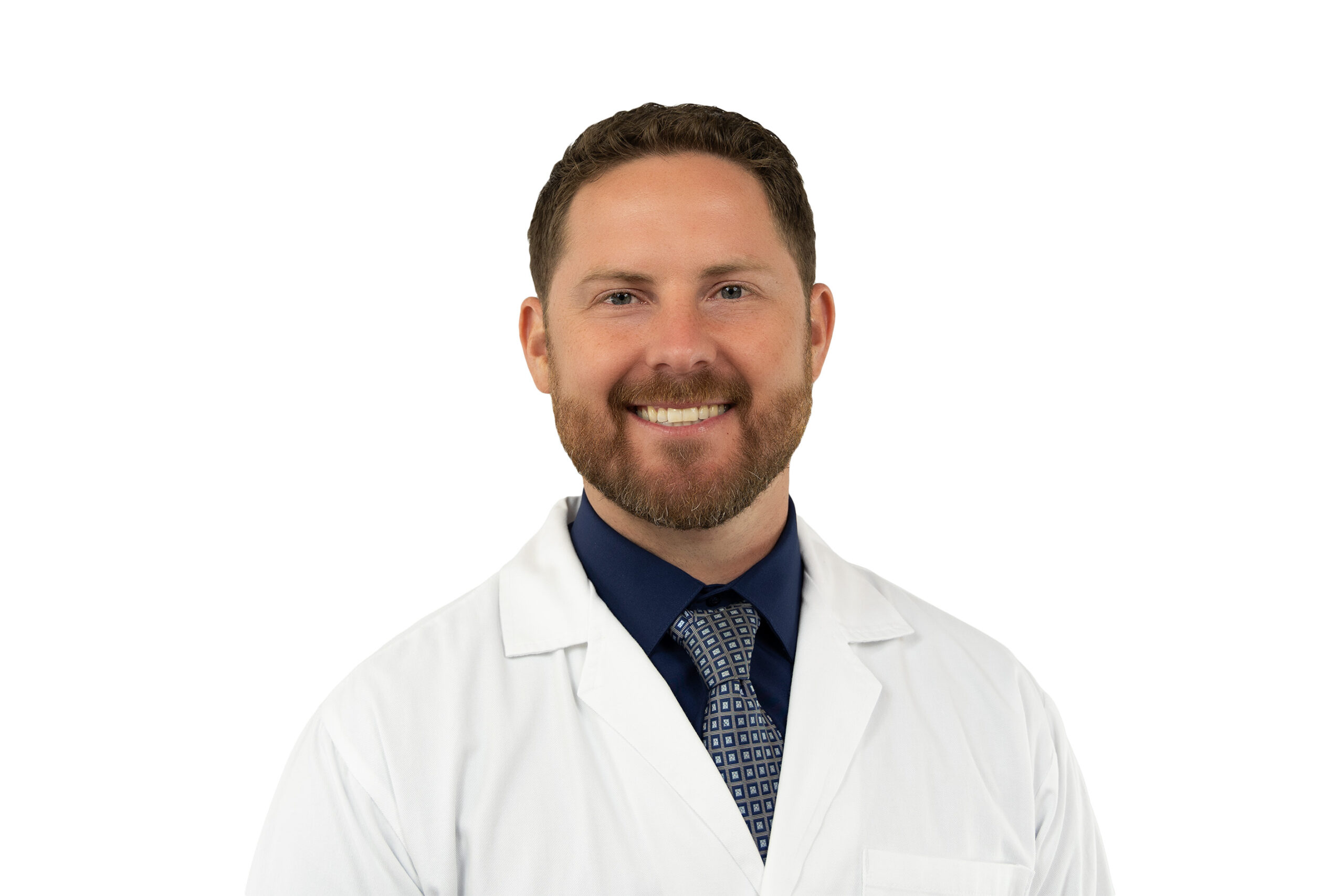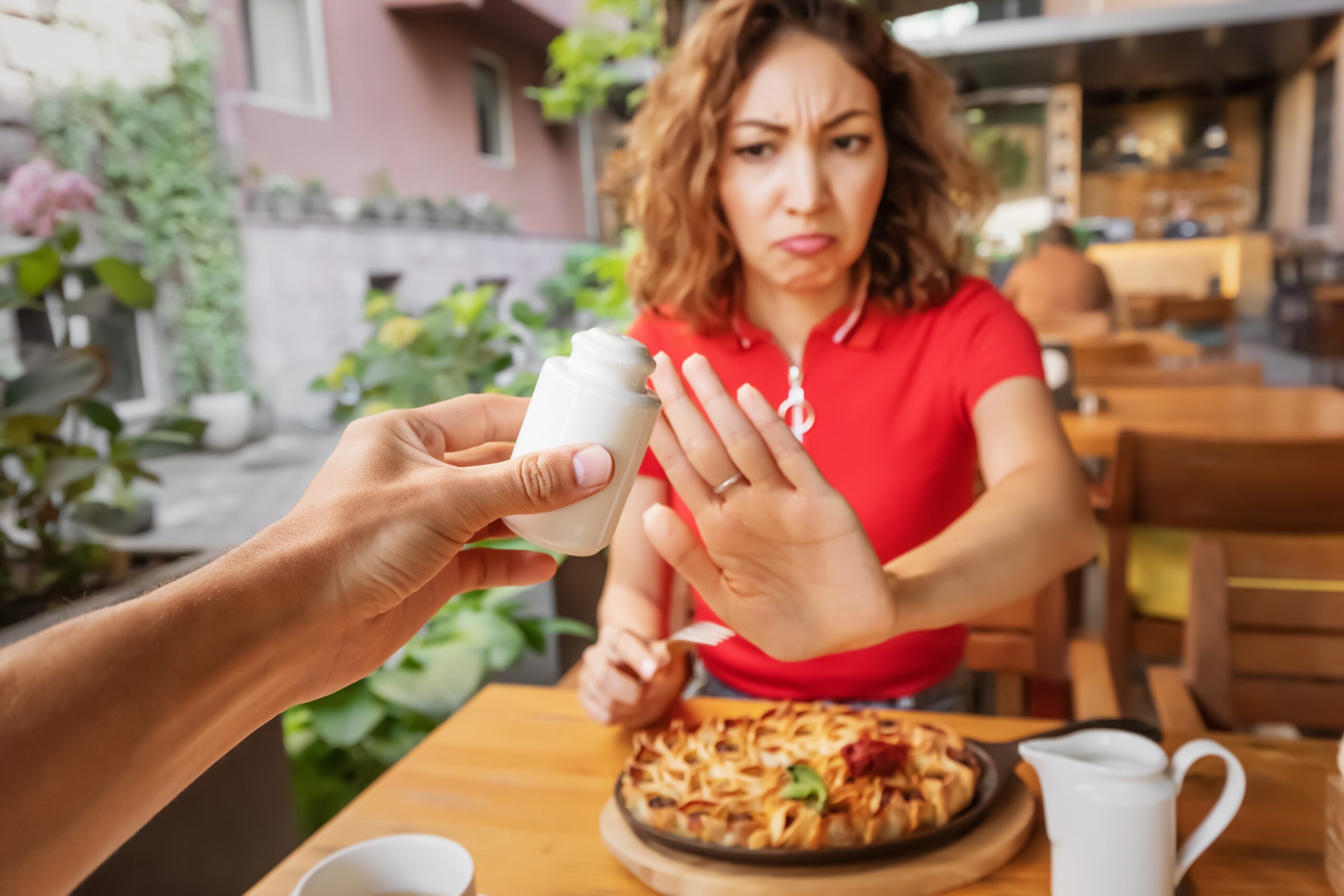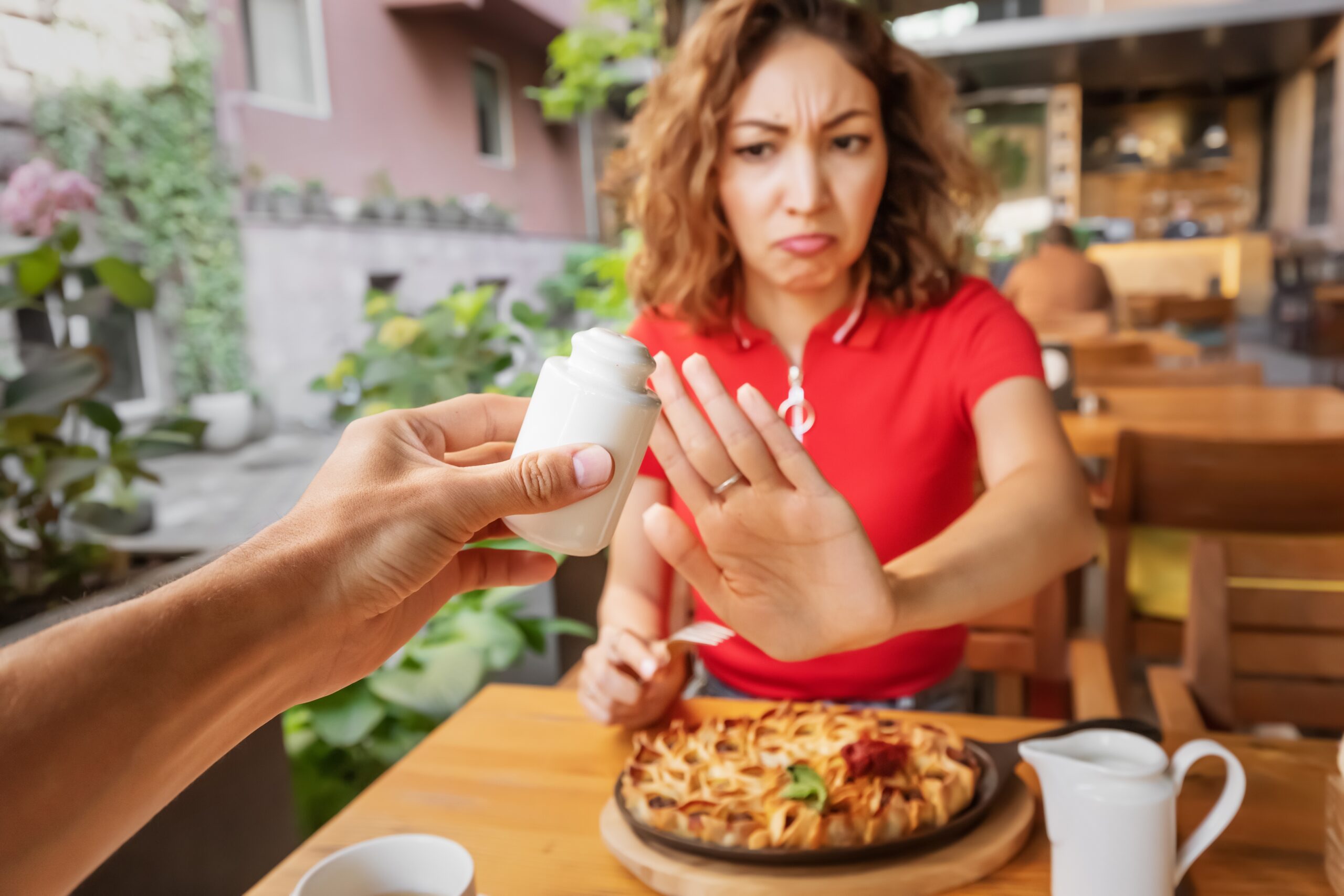 By Jacob Sprouse, Pharm.D., Clinical Pharmacist, Finger Lakes Community Health.
By Jacob Sprouse, Pharm.D., Clinical Pharmacist, Finger Lakes Community Health.
Being your best, healthy self is different for everyone. It depends on many factors including your age, gender, lifestyle, and baseline health; what we consider to be optimal wellness at 18 vs 80 years old vastly differs. What I strive for with my patients is enabling them to feel their best and become active in ways that are meaningful to them. Whether that’s walking to the mailbox or a 7-mile trail hike – it’s all individual.
Growing older doesn’t mean “no energy.”
Feeling tired and fatigued is a common complaint from my patients. While reduced energy can be a normal part of aging, it often doesn’t have to be as severe as people experience. There can be other factors besides your age that are making you feel this way. For instance, medications may cause exhaustion, depression, and/or other side effects while untreated diseases such as Asthma/COPD, diabetes, cardiovascular or heart disease can also reduce one’s feeling of well-being and ability to thrive. That’s why it’s important to talk with your provider if you have any of these concerns.
Your body changes so should your medication
If you were prescribed a medication 5, 10, or 15 years ago, it may not be right for what your body needs today. Everybody’s weight fluctuates over time and so do your eating habits. Muscle mass tends to go down with age. Perhaps you’re now experiencing less kidney function or have heart disease. Your medical provider or clinical pharmacist must be up to date with those changes. That only happens if you get a yearly physical and have your specialists communicate with your provider. It’s best to make your provider aware of any new medications and bring them with you the next time you see him or her.
Better blood pressure
Blood pressure fluctuates with normal daily activities. If you’ve just climbed the stairs and then taken your blood pressure, it will be higher than usual. This is considered your “active rate.” If you then tell your provider your active (higher) rate, you may be prescribed additional meds that you may not need which could make you feel less energetic. Be sure to take your blood pressure when you’re at rest – that’s your “resting rate.” It could be significantly lower than your “active rate.”
When is it best to take your blood pressure?
Be sure to check your blood pressure in the morning after you wake up to get the most accurate reading. Sit down for 10 to 15 minutes, rest, and then put the cuff on for the correct reading. My preference is that patients also check blood pressure 1-2 hours after taking the morning medications. This enables us to see how much impact the medicine has on your blood pressure. If your big number on blood pressure is 150 before medicine and falls to 100 after medicine, that may be too much of a drop. Be sure to let your provider know – medication adjustment may help achieve a more stable blood pressure over the entire day.
The effect of sodium on your health
According to the U.S. Food & Drug Administration (FDA), Americans eat on average about 3,400 mg of sodium per day. However, the Dietary Guidelines for Americans recommends adults limit sodium intake to less than 2,300 mg per day—that’s equal to about 1 teaspoon of table salt! For children under age 14, recommended limits are even lower.
What most people don’t realize is that reducing sodium isn’t all about putting less table salt on your food. An estimated 70-80% of sodium in our diet is already in the food when we buy it from the store. Sodium is in all living plants/animals. Fresh meats, fruits, and vegetables also have some amount of sodium – a medium apple has two milligrams of sodium.
 How can you reduce your sodium levels?
How can you reduce your sodium levels?
Start by looking at the sodium in foods you commonly purchase. Pre-made and canned foods are often notoriously high in sodium; a single serving sometimes contains more than half the recommended sodium for a person. Many food options will have low-sodium or no-sodium-added alternatives. Fresh food, when available, is always preferred.
Remember, you are in charge of your life and well-being! I urge everyone to be well with the help of your medical team. Call Finger Lakes Community Health if you don’t have a provider. We’re here to help.

